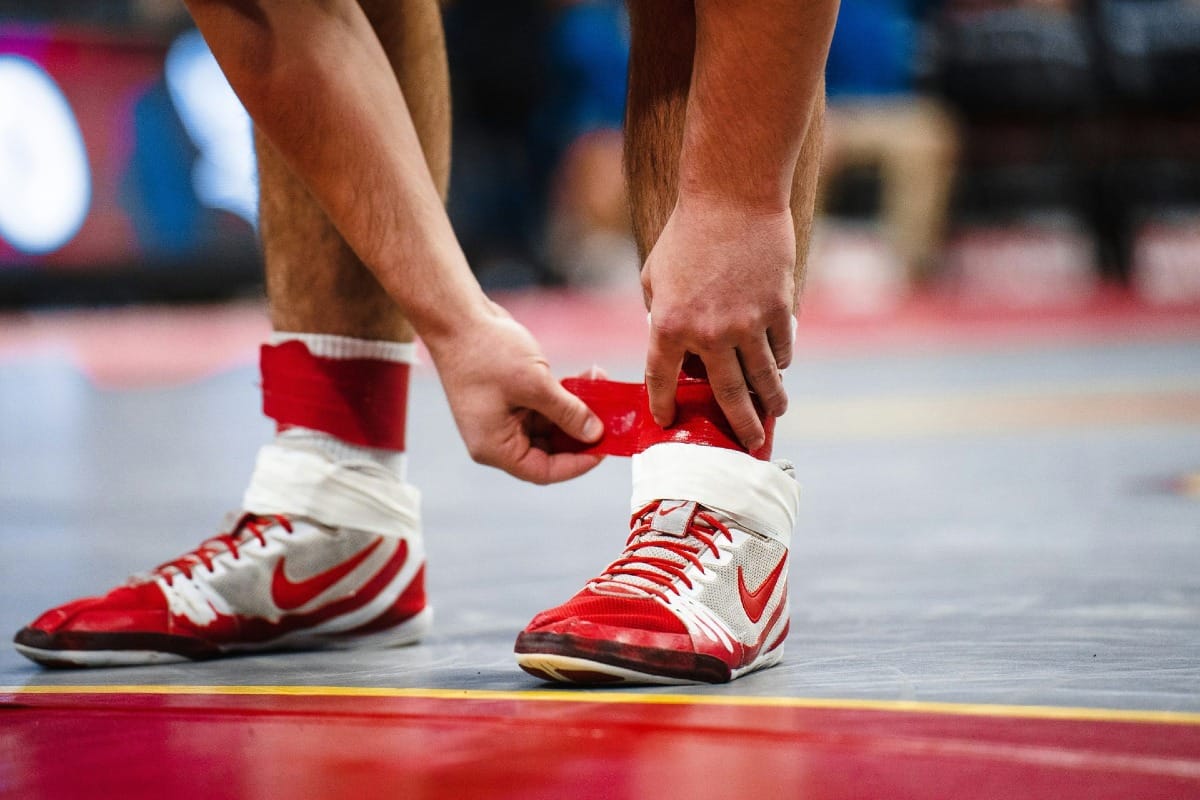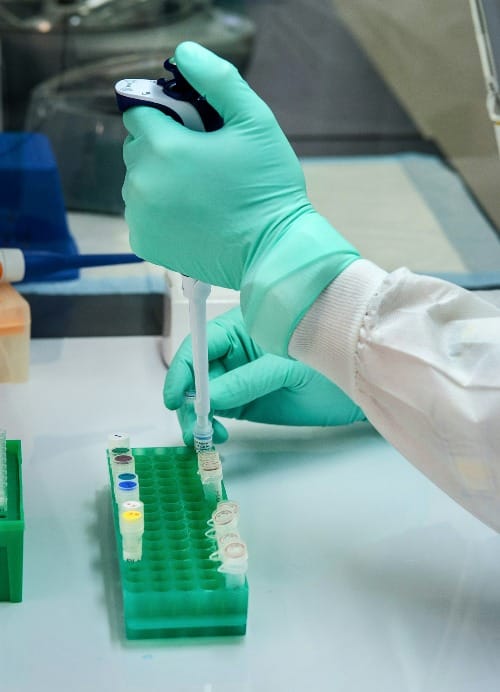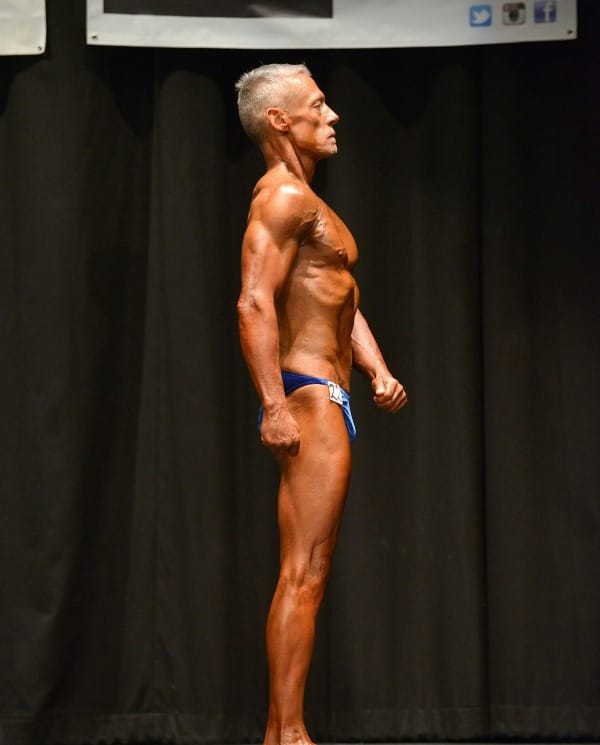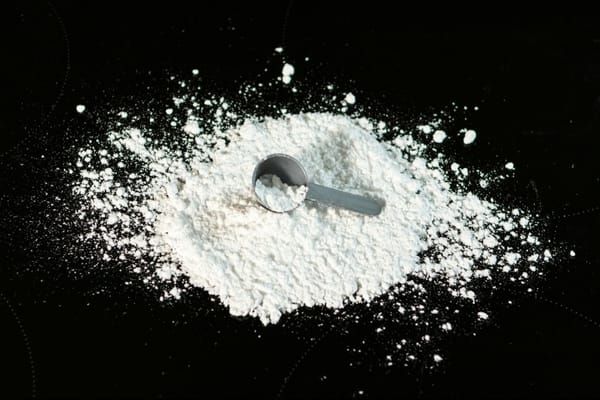In the world of elite athletics, Olympic athletes represent the pinnacle of human physical performance. Their dedication, discipline, and extraordinary abilities captivate audiences worldwide. But what sets these exceptional individuals apart isn't just their natural talent—it's their unwavering commitment to nutrition and training. This article delves into the intricate world of Olympic-level eating and training, offering insights that can inspire and inform athletes and fitness enthusiasts of all levels.
The Olympic Diet: Fuel for Champions
Olympic athletes understand that proper nutrition is the foundation of their success. Their diets are carefully crafted to provide the energy, nutrients, and recovery support needed for intense training and competition.
Balanced Macronutrients
Olympic athletes typically consume a diet rich in complex carbohydrates, lean proteins, and healthy fats. The exact ratio of these macronutrients varies depending on the athlete's sport, body composition goals, and training phase[1].
- Carbohydrates: These are the primary fuel source for high-intensity activities. Olympic athletes often consume 5-10 grams of carbs per kilogram of body weight daily, with endurance athletes sometimes reaching up to 12 grams per kilogram.
- Proteins: Essential for muscle repair and growth, protein intake for Olympic athletes ranges from 1.2 to 2 grams per kilogram of body weight daily. Some strength and power athletes may consume even more.
- Fats: While often lower in proportion to carbs and protein, healthy fats are crucial for hormone production and overall health. Olympic athletes typically aim for 20-30% of their total calories from fat sources.
Micronutrient Focus
Olympic-level nutrition goes beyond just macronutrients. Athletes pay close attention to vitamins, minerals, and other micronutrients that support overall health and performance:
- Iron: Particularly important for endurance athletes, adequate iron intake prevents fatigue and supports oxygen transport.
- Calcium and Vitamin D: These nutrients are crucial for bone health, especially in sports with high impact or risk of stress fractures.
- Antioxidants: Found in fruits and vegetables, these compounds help combat oxidative stress from intense training.
Hydration Strategies
Proper hydration is paramount for Olympic athletes. They often follow structured hydration plans that include:
- Pre-training hydration to ensure optimal fluid levels
- During-exercise hydration tailored to sweat rates and exercise duration
- Post-exercise rehydration to replace fluids lost during training or competition
Many athletes use sports drinks or electrolyte supplements to maintain proper fluid and electrolyte balance, especially during long or intense training sessions.
Training Like an Olympian: The Path to Peak Performance
Olympic training regimens are as diverse as the sports themselves, but they all share common principles of progression, specificity, and periodization.
Volume and Intensity
Olympic athletes typically train for several hours a day, often in multiple sessions. The volume and intensity of training vary based on the sport and the athlete's current phase in their training cycle:
- Base phase: High volume, lower intensity to build aerobic capacity and foundational strength
- Build phase: Increasing intensity with maintained volume to develop sport-specific fitness
- Peak phase: Lower volume but high intensity to sharpen performance for competition
Periodization
Olympic training plans are meticulously periodized, meaning they're structured in cycles to optimize performance for key competitions:
- Macrocycles: The overall training plan, often spanning a year or more
- Mesocycles: Blocks of training lasting several weeks to a few months, focusing on specific adaptations
- Microcycles: Weekly training schedules balancing workload and recovery
Sport-Specific Training
While general fitness is important, Olympic athletes spend most of their time on sport-specific training. This might include:
- Technical drills to perfect form and efficiency
- Tactical training to develop competitive strategies
- Simulated competition to prepare for the pressures of performance
Strength and Conditioning
Regardless of their sport, most Olympic athletes incorporate strength training into their routines:
- Weightlifting to develop power and strength
- Plyometrics for explosive movements
- Core training for stability and injury prevention
Recovery and Injury Prevention
Recovery is as crucial as the training itself. Olympic athletes employ various recovery strategies:
- Active recovery sessions like light jogging or swimming
- Massage and physiotherapy to manage muscle soreness and prevent injuries
- Adequate sleep, often 8-10 hours per night, plus naps when needed
Mental Preparation: The Olympic Mindset
While physical training and nutrition are crucial, the mental aspect of Olympic preparation cannot be overlooked.
Visualization and Mental Rehearsal
Many Olympic athletes use visualization techniques to:
- Mentally rehearse their performance
- Prepare for various competitive scenarios
- Build confidence and reduce anxiety
Goal Setting
Olympic athletes are masters of goal setting:
- Long-term goals: Making the Olympic team, winning medals
- Short-term goals: Improving specific skills, hitting certain training benchmarks
Stress Management
Dealing with the pressure of Olympic competition requires robust stress management techniques:
- Meditation and mindfulness practices
- Working with sports psychologists
- Developing pre-competition routines to manage nerves
Technology in Olympic Training
Modern Olympic athletes leverage cutting-edge technology to enhance their training and performance:
Wearable Devices
- Heart rate monitors to track training intensity
- GPS devices to measure distance and pace in endurance sports
- Force plates and motion capture for biomechanical analysis
Data Analytics
Teams of scientists and analysts often support Olympic athletes, using data to:
- Optimize training loads
- Identify areas for technical improvement
- Analyze competitors' performances
Recovery Tech
- Cryotherapy chambers for rapid cooling after intense sessions
- Compression garments to aid in recovery
- Sleep tracking devices to ensure optimal rest
Nutrition Timing for Olympic Performance
The timing of nutrient intake is crucial for Olympic athletes:
Pre-Training Nutrition
- Consumed 2-3 hours before training
- Rich in easily digestible carbohydrates
- Moderate in protein
- Low in fat and fiber to prevent digestive discomfort
During-Training Nutrition
- For sessions lasting over 60-90 minutes
- Easily digestible carbohydrates (gels, sports drinks)
- Electrolytes to replace those lost through sweat
Post-Training Nutrition
- Consumed within 30 minutes of finishing training
- High in carbohydrates to replenish glycogen stores
- Adequate protein for muscle repair (20-30 grams)
- Fluids and electrolytes for rehydration
Adapting Olympic Principles for Everyday Athletes
While most of us won't compete at the Olympic level, we can still apply many of these principles to our own training and nutrition:
Balanced Nutrition
- Focus on whole, nutrient-dense foods
- Adjust macronutrient ratios based on your activity level and goals
- Stay hydrated throughout the day
Structured Training
- Set clear, achievable goals
- Follow a progressive training plan
- Incorporate both cardio and strength training
Recovery Focus
- Prioritize sleep and stress management
- Use active recovery techniques like light exercise or yoga
- Listen to your body and allow for adequate rest
Mental Training
- Practice visualization and positive self-talk
- Set both short-term and long-term goals
- Develop strategies to manage pre-workout or pre-race nerves
Conclusion: The Olympic Advantage
The eating and training regimens of Olympic athletes represent the cutting edge of sports science and nutrition. While their routines are extreme, they offer valuable lessons for athletes at all levels. By adopting some of these principles—balanced nutrition, structured training, mental preparation, and a focus on recovery—we can all strive for our personal best, whether that's on an Olympic podium or in our daily lives.
Remember, the path to peak performance is a journey, not a destination. Like Olympic athletes, we should focus on consistent improvement, celebrate our progress, and always push our limits. While we may not all wear gold medals, we can all train and eat with the dedication and precision of an Olympian, reaping the rewards of improved health, performance, and personal satisfaction.
Citations:













Member discussion